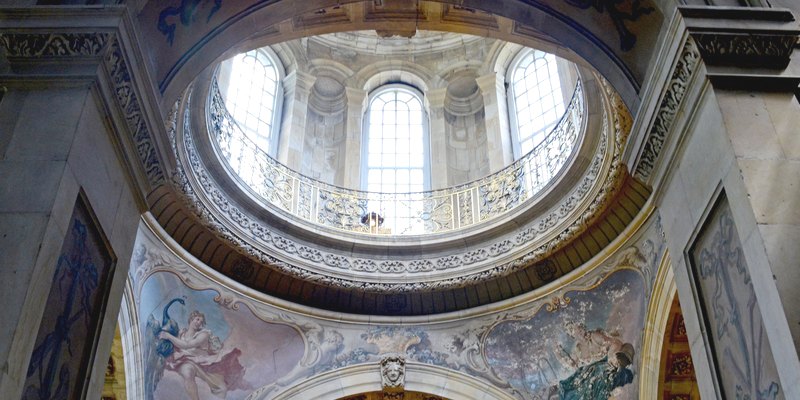
Architectural History and Theory
Staff
- Professor Jason Edwards Victorian architecture: neo-gothic, aesthetic, arts and crafts
- Professor Anthony Geraghty English architecture 1600-1750, Christopher Wren, architectural drawing
- Professor Jane Hawkes Anglo-saxon architecture; medieval revivals in 19th-century England and Ireland
- Professor Helen Hills Baroque architecture; complex cities; architecture and masculinities and femininities; architectural theory; architecture and religion
- Professor Amanda Lillie (Director) Architecture in Italy, 1300-1600
- Professor Richard Marks (Emeritus Professor) Late medieval architecture
- Professor Christopher Norton (Emeritus Professor) Medieval architecture in France and England, particularly 12th and 13th centuries
- Professor Michael White European modernism
Research students
Current students
- Pamela Chapman
York - the architectural palimpsest - an investigation. - William Mead Cheek
Anglo-Saxon architectural sculpture in its social, aesthetic, and theological context - Parshati Dutta
Enabling Feminist Readings of History Through Architecture - Alexander Echlin The Architecture of Lord Burlington reconsidered
- Dawn Faizey Webster
- To what extent did the architecture of the early modern grammar school affect, impede or complexify its formal educational and broader social learning functions?
- Debbie Innes
The architectural, artistic and social histories of the New Gallery, Regent Street 1888-1910
- Stephen Kerr
- The impetus provided by the Ernst-May-Siedlungen housing projects in Frankfurt during the Weimar Republic to the development of dweller-designed domestic interiors in Modernist mass-housing.
- Layla Lozano
- Early British Women Travellers to Ravenna and Their Impact Upon Early Studies of Byzantine Art
- Lucia Martin
Fashioning Identity through Material Culture and Architectural Legacy
- Christiana Matt
The Myths of the Origins of Architecture Reconsidered
Past students
- Blair Apgar Medieval and Romanesque Architecture in Lombardy
- Maria-Anna Aristova The Problem of Ornament in Early Modern Architecture
- Fabrizio Ballabio The Architecture of Governmental Machine: the relationship between the architectural and administrative interventions designed by Bourbon Rulers to restructure the newly formed kingdom politically and economically following their arrival in Naples in 1734
- Charlotte Davis The approaches of key carvers active in post-Restoration England: Francis Bird, Caius Gabriel Cibber, Grinling Gibbons, and Edward Pierce
- Elizabeth Deans Architectural Albums: Educational and Professional Tools for a British Architects, 1650-1750
- Mark Kirby
- Furnishing Wren’s churches: Anglican identity in late seventeenth century London
- Melissa Stanley A thematic study on the planning and actualisation of three English towns of the New Town Movement: Letchworth, Milton Keynes, and Harlow
- Valeria Viola Architecture, Devotion, Family Life: chapels in aristocratic houses of baroque Palermo (ca. 1650 - 1770)
Research degrees
Push the boundaries of knowledge in our supportive and stimulating environment.
MA degrees
Study our specialist History of Art (Architectural History and Theory) Masters course.
